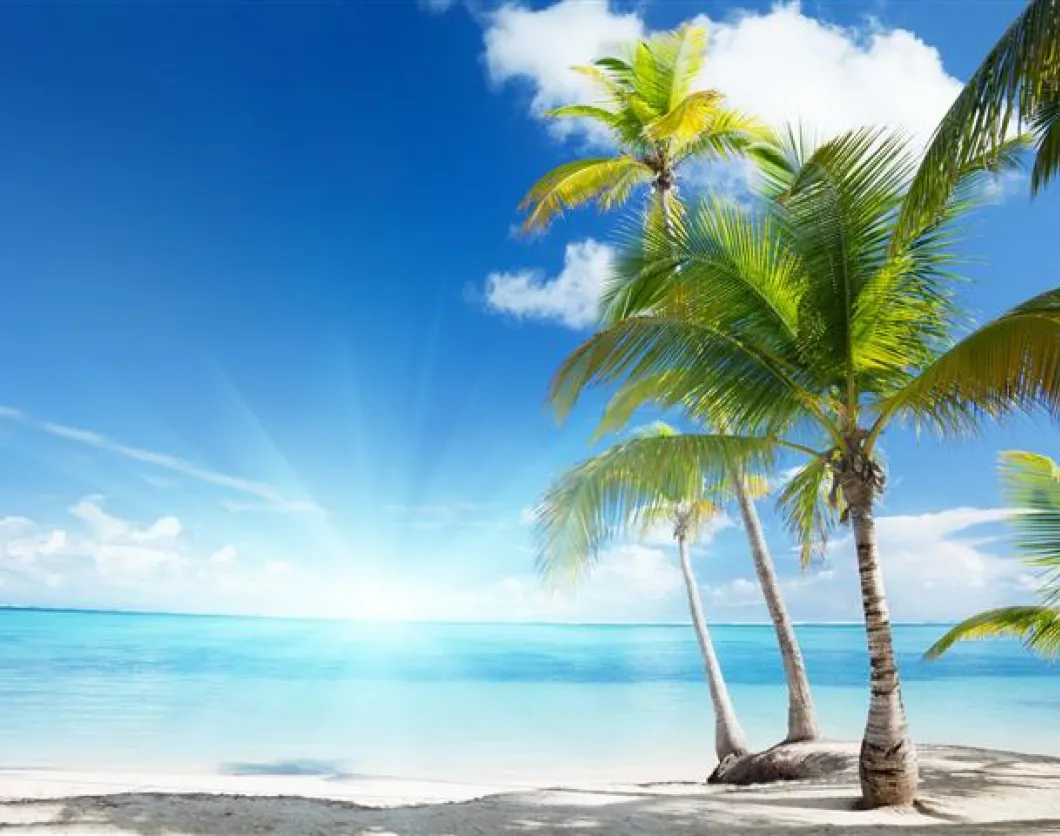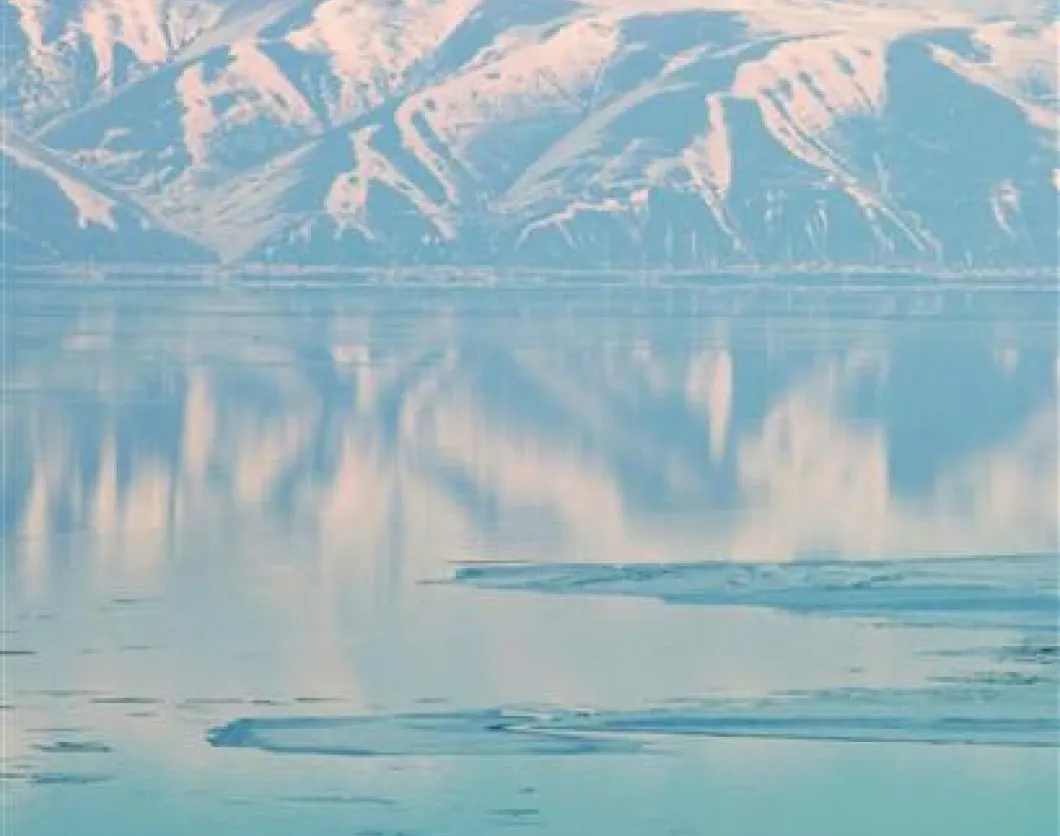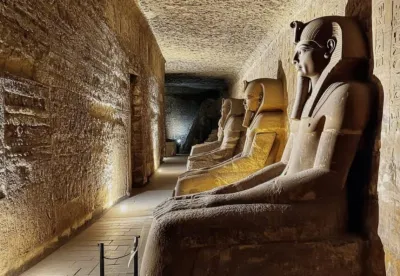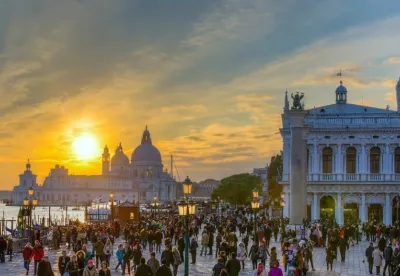Many of the world’s most spectacular landscapes are vanishing because of climate change, spurring concerned visitors to experience and protect them before it’s too late.
What would an autumn cycling trip in New England be without colorful maples? What’s a ski vacation without fresh snow? Or an outing to the shore where the beach has eroded? These scenarios are unimaginable for many, yet global warming threatens to make them a reality as species extinctions, severe storms, flooding, drought, melting icecaps, and warmer, more acidic ocean water transform the outdoor environments we love.
People are responding to the threat by rushing to destinations hard-hit by climate change before they disappear. They want to climb Tanzania’s Mt. Kilimanjaro before its fabled snows melt forever, or paddle Florida’s Everglades before its grassy swamps dry up. The see-it-before-it’s-gone philosophy has launched an entirely new form of tourism: climate-change sightseeing.
While the trend has spurred a rise in expensive once-in-a-lifetime trips, you don’t have to visit far-flung continents or invest your life savings to witness global warming’s destruction — and get inspired to do your part to help ward it off.
“People think of climate change as happening somewhere else in the world, but the issue is right in our backyard,” says Alexandra Cousteau, granddaughter of legendary oceanic explorer Jacques Cousteau and the founder of Blue Legacy International, which works to tell the story of our water-based planet and to inspire people to take action on critical water issues.
Indeed, in the United States, global warming threatens everything from the redwood forests (succumbing to fires) to the Gulf Stream waters (ravaged by hurricanes). In Montana’s Glacier National Park, record high temperatures have caused the namesake glaciers to recede. In the western United States, the death rates of trees in old-growth forests have doubled in the last two to three decades due to droughts caused by longer, hotter summers, according to a recent study published in Science.
From Tourist to Advocate
Awareness about the causes and consequences of climate change inspires our commitment to preserve wild areas — rivers, oceans, mountains, forests — which also happen to be great places for rafting, snorkeling and backpacking. By visiting a threatened destination, you may become one of its champions.
For example, melting polar ice receives much media attention, but few people brave the frozen regions, so eyewitness accounts are critical. “The Arctic is white, desolate, remote and dynamically beautiful like nowhere else on the planet,” says Keith Heger, a guide for PolarExplorers , which leads ski and dogsled expeditions to the North Pole, Antarctica and Greenland. “Those who go to the effort to spend 24 hours a day in minus-30-degree weather are forever connected to the North Pole. They become its ambassadors.”
That’s exactly how Brian S. Jones, a Fredericton, New Brunswick, investment adviser felt after joining PolarExplorers’ 12-day North Pole Last Degree Expedition. Jones, 37, trained six months to be fit enough to ski and pull a sled 10 hours a day. Despite the constant challenges and risks of spending time in the frigid Arctic environment — the threat of frost injuries, lack of nearby emergency facilities, and cooking and sleeping in tents — he and the seven other skiers in his group gained a deep appreciation for the fragile terrain.
In fact, traveling over the huge ice floes inspired Jones to start Ski for Green, which promotes climate-change education. “I’m one of very few people who’s skied to the North Pole,” Jones says. “Based on the melting ice, I doubt there will be many more.”
Like many outfitters, PolarExplorers offsets all the carbon emissions created by its operations and flights. The company also follows Leave No Trace principles by packing out all supplies and waste.
Rescuing Reefs
Rising ocean temperatures and CO2-related acidity are straining coral reefs worldwide, but don’t hang up your fins just yet: Breathtaking undersea life still remains. Bonaire, a Caribbean island just 50 miles north of the Venezuelan coast, boasts a well-managed marine park that protects coral from careless divers and boat anchorage.
Unfortunately, the park can’t shield its reef from global warming. “There’s been a huge change in the underwater world I love,” laments Francine Hammer, 57, of Naperville, Ill., who has visited Bonaire regularly since 1979. “I was shocked to find bleached and algae-covered reefs. That distracted me from seeing all the beauty that’s still there.”
Over the years, Hammer has done her part to keep Bonaire’s magic alive by participating in garbage-pickup dives and helping to create moorings to keep boats from anchoring on fragile coral. The prospect of losing her undersea view of parrotfish, seahorses and octopus has Hammer “thinking about global warming and going green.”
Conscientious tourism is critical, says Cousteau. “There’s a surge in people who want to see endangered environments, but they need to be cautious they’re not making the problem worse,” she says.
If you plan to explore any region at risk from climate change, stay at an eco-lodge or environmentally conscious hotel, Cousteau advises (many mega-hotels are notorious for practices that cause pollution and excess waste), and be sure to minimize your impact while you’re there. For snorkelers or divers, that means never touching coral (it harms the organisms). Likewise, wilderness campers shouldn’t bring their own firewood. Just one log infested by elm bark beetle, ash borer or mountain pine beetle could kill an entire forest.
Indeed, air travel itself can contribute to the problem. Diving Australia’s endangered Great Barrier Reef might awaken your dormant environmentalist, but flying there from New York City spews out 2.2 tons of CO2 per person. Is the trip worth emitting this much greenhouse gas?
“If everyone flew as avidly as Americans, we’d have a much bigger greenhouse problem,” admits Robert Henson, meteorologist and author of The Rough Guide to Climate Change. “Yet if everyone stayed home, it would be a bleaker world. What matters is how smart you travel and that you conserve energy in everyday life.”
Exploring Solutions
If you’re more interested in fighting global warming than witnessing it, a volunteer vacation may be the climate-change trip for you. On these getaways, participants lend a hand with conservation projects led by environmental organizations.
Warren Stortroen, 76, of St. Paul, Minn., frequently volunteers for research projects with the Earthwatch Institute, a nonprofit that lets you join scientists doing field research. He chose a 14-day Mammals of Nova Scotia trip where principal investigator, Christina Buesching, PhD, was studying how climate change affects woodland animals, from moose to mice. On the trip, the volunteers — who were provided with accommodations and meals as part of the volunteer package — gathered population data on small rodents, deer, fox and snowshoe hare.
“It’s a rewarding vacation that matters,” says Stortroen. “It sounds insignificant, but catching and studying white-footed deer mice is as exciting as working with a large moose — which we never found.”
Buesching appreciates the dedication of volunteers who help her piece together these clues. For instance, missing moose are linked to shorter, milder winters. “Moose are equipped to bulldoze through deep snow, but the daintier deer (who aren’t native to Nova Scotia) can’t,” she says. Harsh winters normally control the deer, but without heavy snow, they overpopulate and spread disease to the moose. “The white-tailed deer carry a parasitic nematode, the brain worm, that when spread to the moose, kills them by destroying their brains,” Buesching says.
Stortroen worries that some animals won’t survive human-made shifts in the climate. “That’s why I’m so eager to see the world and help out more,” he says.
His vacation has broader ramifications, too. Stortroen’s slice of climate-change research creates a ripple effect: Buesching shares her findings with other scientists, who may themselves go on to help reverse climate change.
What will an expedition to a calving glacier or a sailing vacation among the whales in Baja inspire in you? You’ll never know if you don’t head out and see.
In writer Laurel Kallenbach’s home state of Colorado, winter temperatures are no longer cold enough to freeze mountain pine beetles, which are destroying forests.










